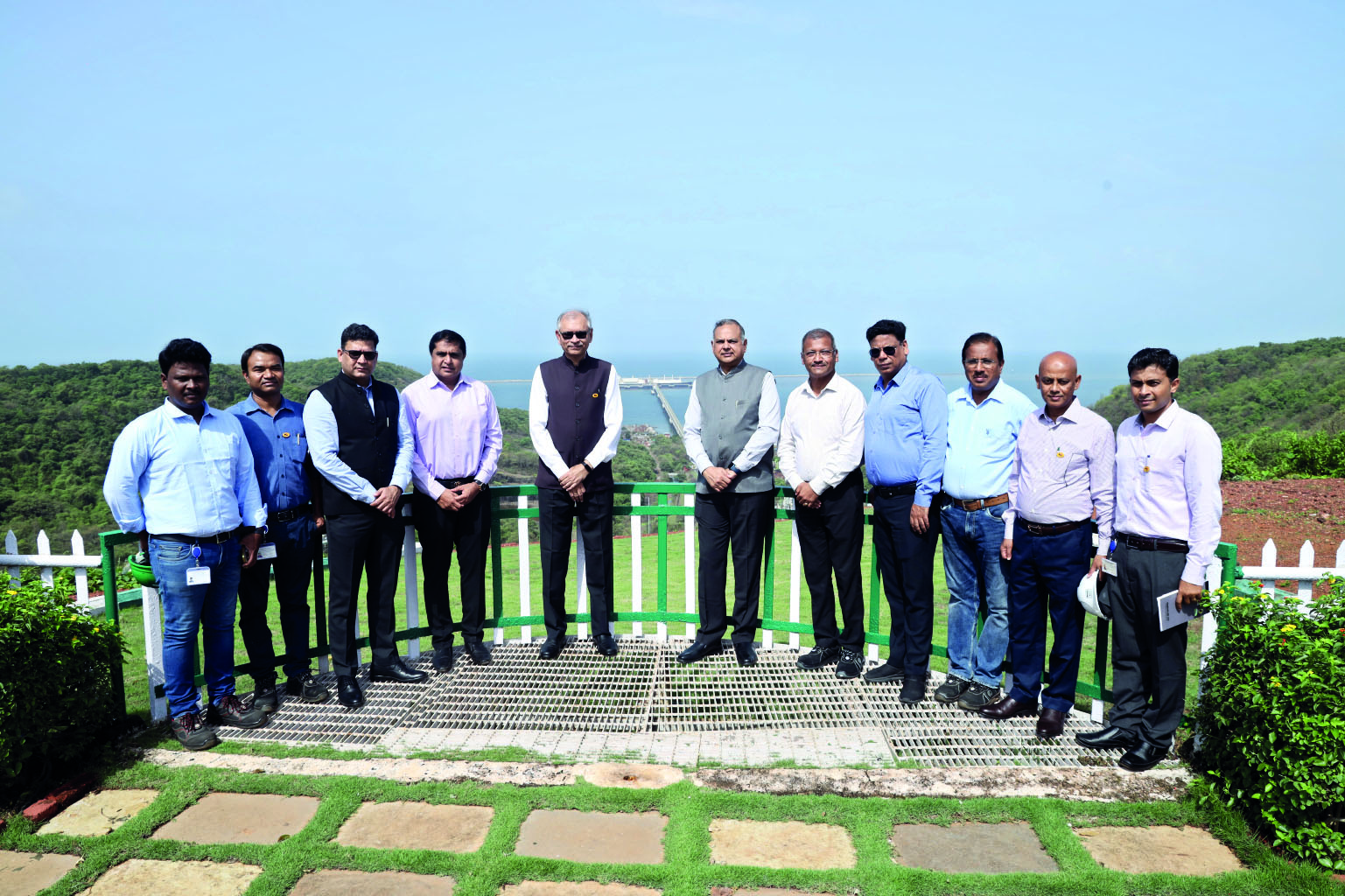GAIL starts operating its all-weather Dabhol LNG terminal, receives its first cargo vessel

New Delhi: India’s biggest gas utility GAIL has started operating its 5 million tonnes a year liquefied natural gas (LNG) import terminal at Dabhol in Maharashtra at full capacity as it received its first ever cargo at the facility during monsoon.
The company had to shut the Ratnagiri terminal, popularly known as the Dabhol LNG plant, for four months from May 25 each year to avoid high swell in the sea damaging ships or the jetty while berthing. The firm has now completed building a breakwater to guard the ships during the monsoon season.
“GAIL has successfully berthed and discharged its first LNG vessel at the Dabhol LNG terminal following the completion of the landmark breakwater project,” the company said in a statement. The vessel, GAIL Bhuwan, was received on June 2, 2025, by GAIL Chairman & MD Sandeep Kumar Gupta and GAIL Director (Marketing) Sanjay Kumar, marking the commencement of uninterrupted, round-the-year operations at the terminal. Gupta had last month stated that the breakwater was complete and the company had applied for an all-weather terminal status with the authorities. The approval has now come, allowing the import of LNG during the monsoon period as well.
“With the commissioning of the breakwater after receipt of all statutory approvals, Dabhol LNG terminal has now been designated an all-weather port which is a critical transformation that ensures safe and reliable LNG operations even during the Southwest monsoon, traditionally a challenging period for marine logistics on India’s west coast,” the statement said.
Natural gas extracted from below ground and the seabed, when cooled to a liquid state at around minus 162 degrees Celsius turns into liquid. Gas in this form, called LNG, can be easily stored and transported in ships. At the receipt terminal, LNG is warmed back into gas, which then is piped to power plants for generating electricity, to fertiliser units for making urea, or sold to city gas for turning into CNG or piped cooking gas.



